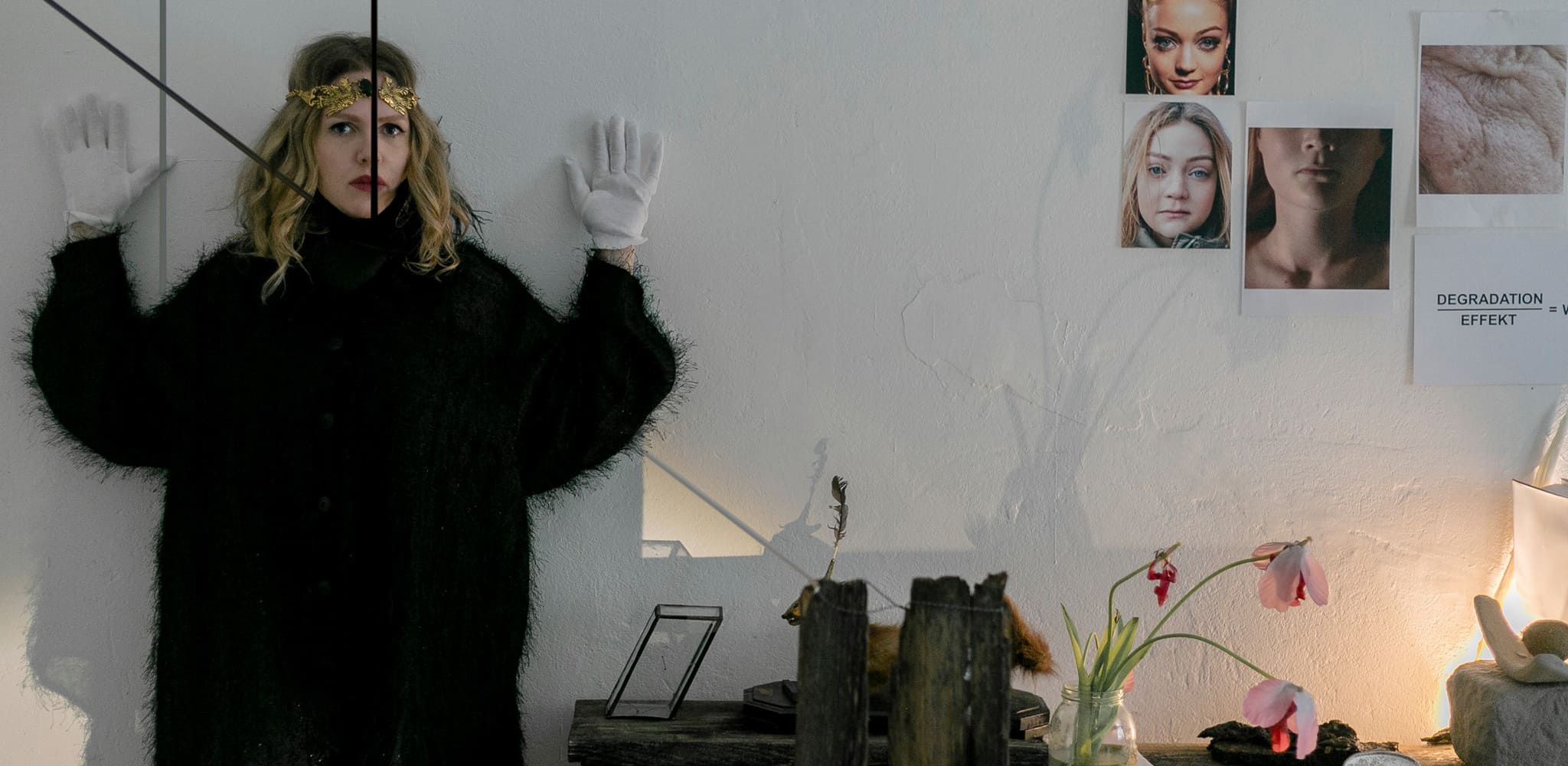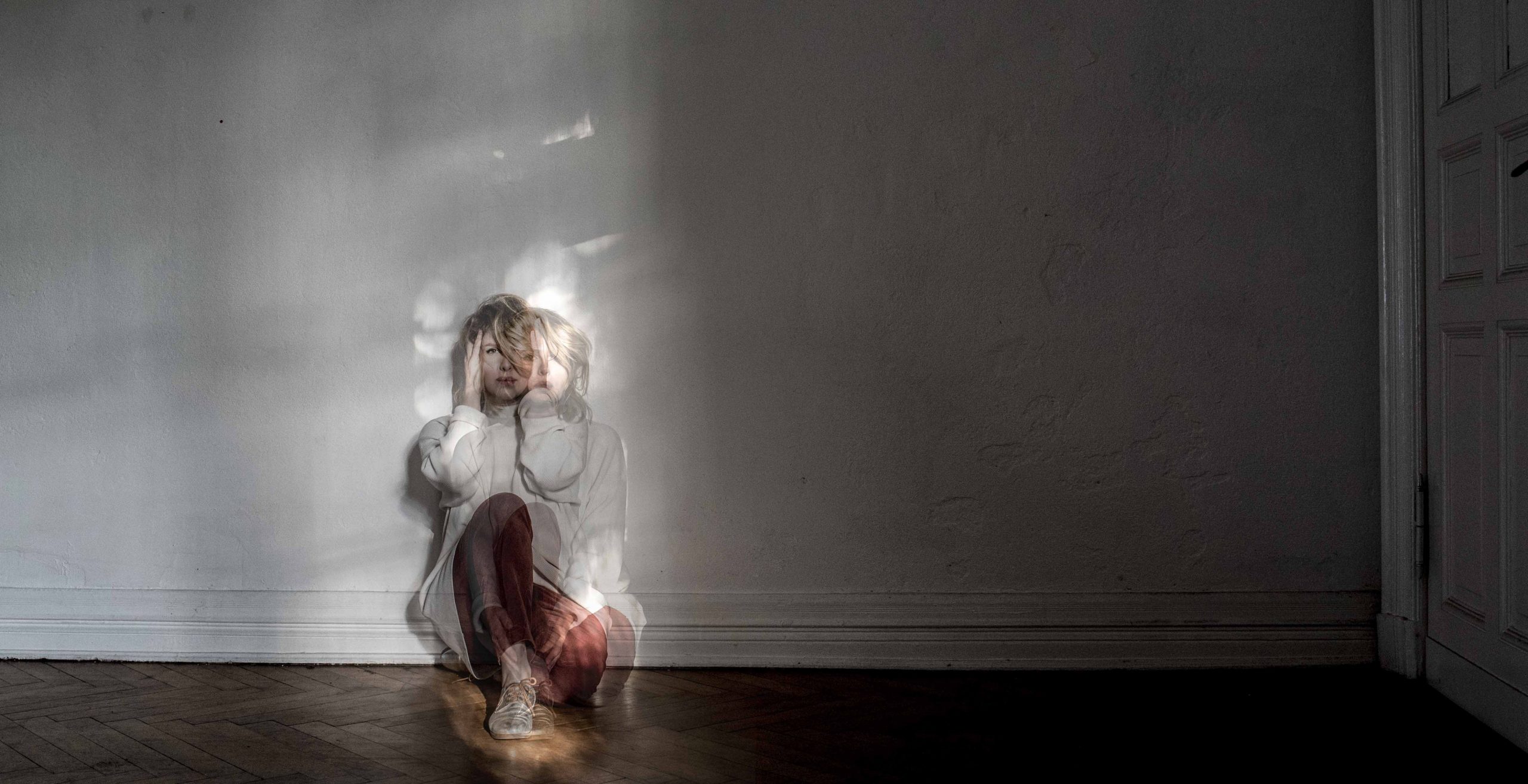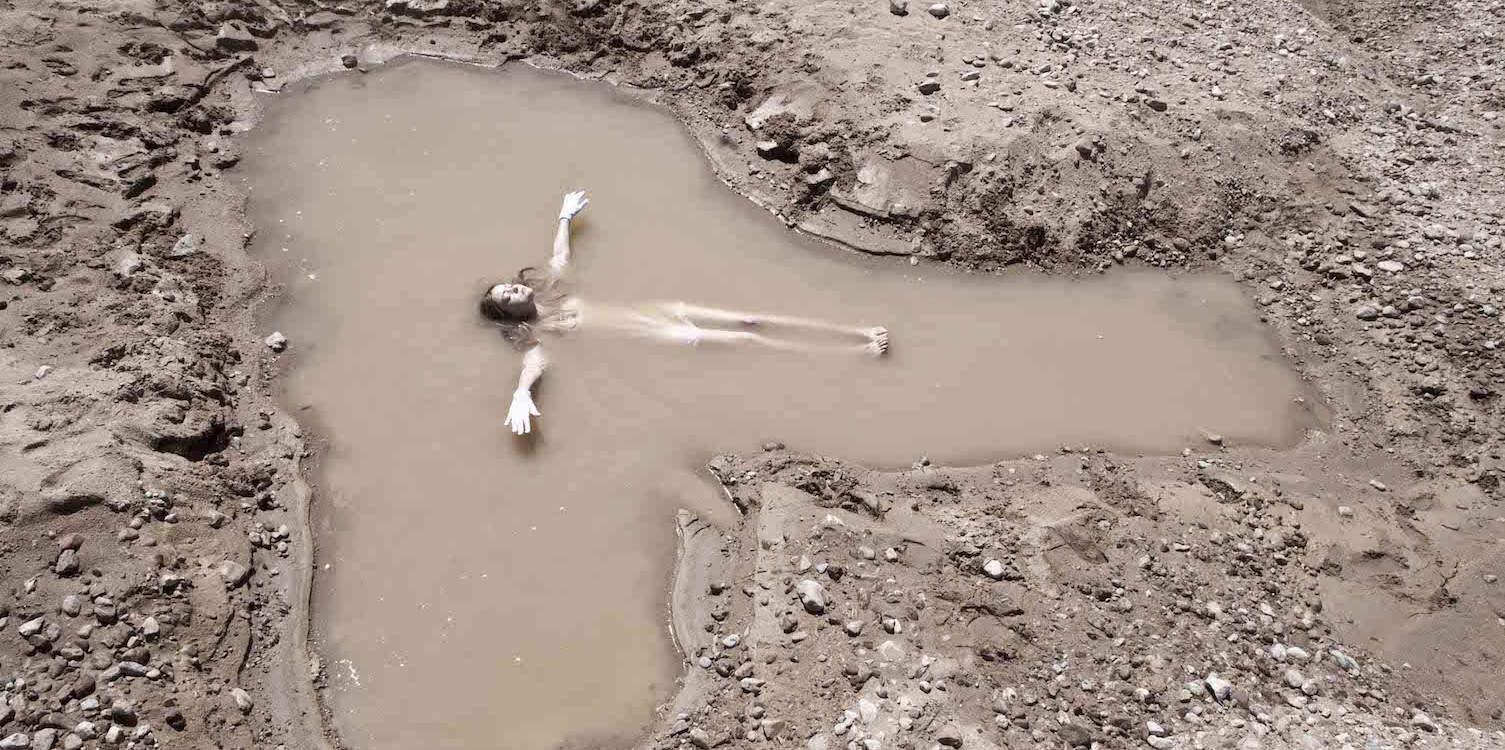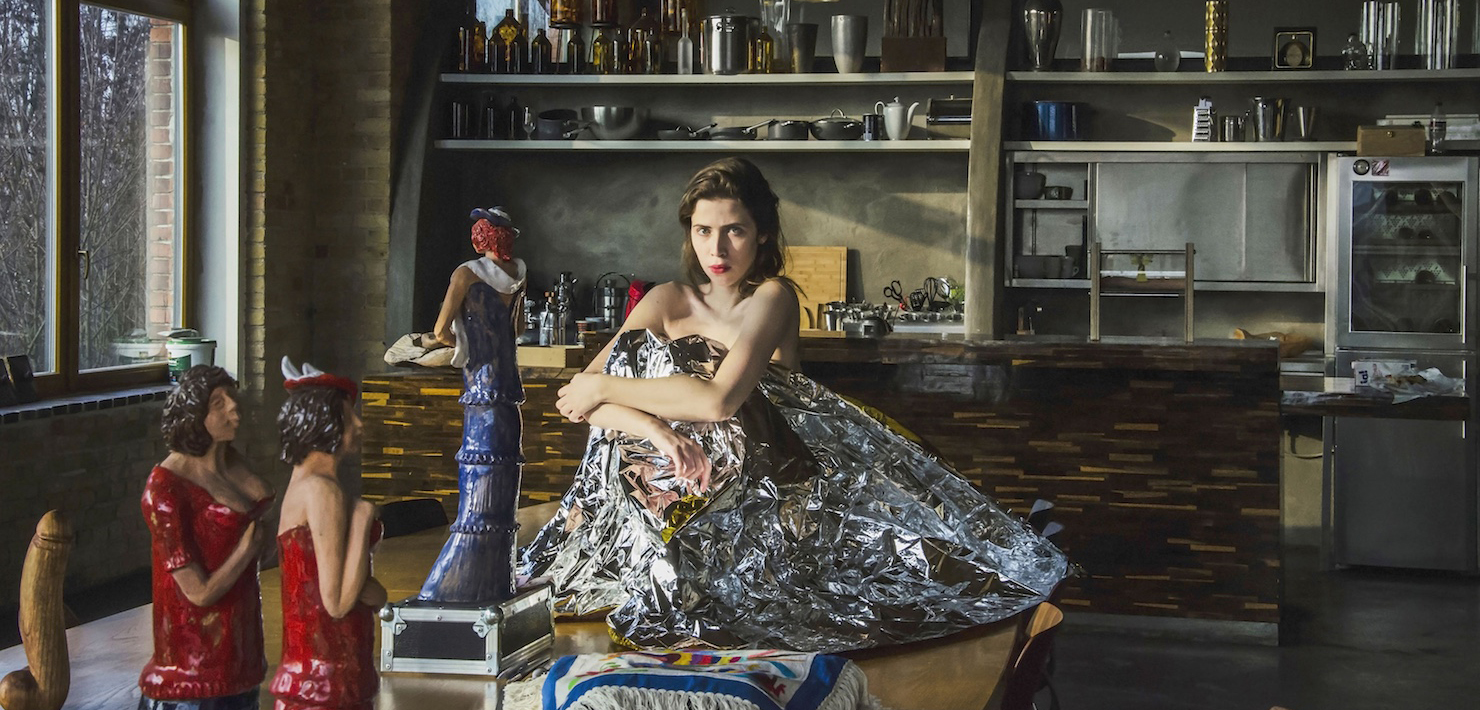
Text
I r i n a R u s i n o v i c h
1.Victoria, you have an art education and you planned to devote yourself to painting. What was the key moment to choosing photography as your medium?
There were exactly two key moments that led me to photography:
My familiarity with graphics and painting and unfortunately also my subjective or false perception of artistic value. In the first year of study, I felt very privileged when it came to painting techniques, because I was convinced that my years of experience as a child in a Russian painting school full of discipline and all conventions proved my skill and that I was able to do something better than other people. I demonstrated lifelike illustrations on paper or canvas, but they were without content. This demonstration of the inauthentic, technical ability resulted in my first strong artistic block.
At that time my professor recommended that I write down all my suffering and other emotional states, so that as semester papers and at exhibitions I presented all the texts and formulas that came from within. The reaction of the audience was rather neutral, which made me very outraged and sad. Nobody wanted to read subjective pseudophilosophical texts by an art student. So I decided on stronger visualisation so that outsiders can better engage with my thoughts and concepts. So I started to reproduce the content of what was written in the form of photography: texts became images.

Another reason why I chose photography and why I also continue the project „From the destruction of a muse“ (the upcoming exhibition „Don’t kill me“ is another component of the project) , are interpersonal relationships that inspire and frighten me, which I ultimately “preserve” as an eternal requiem in various forms of representation.
I started documenting an extraordinary relationship. I wanted to capture the personality of a person because this presence and aura in a good sense nourished and moved me. For me, this person was a muse – a source of inspiration. I later found out that certain characteristics and polarities of a human personality are very appealing to me and I want to „hold onto“ more of the psyche of everyone. Photography was able to clarify my visions and a certain stage of my relationships and trigger further, productive thought processes.
2.Your oevre is inspired by classical photography; light, shapes and color. What do you think is the starting point in your work?
I would not say that they are classic photographic representations. I mostly take pictures outdoors in daylight – I use almost no artificial light sources because I love painterly aesthetics and the transition or mixing of photos to and / or painting is very liberating. I don’t want to commit myself to a specific medium, the photos I take are part of the whole. Texts, installations and, of course, the “muses” are part of the whole. Often at my openings people are exhibited in front of their photographic images, which I call my muses. So I offer the viewer to compare the „living“, „breathing“ reality with my perception. Speaking of comparisons: if we come back to the original question: the classic view of my photos is explained or visible to the extent that, of course, I do not like depth of field or photograph everything sharply and light / shadow plays often achieve painterly effects that are reminiscent of old master paintings.

3.Choosing a Muse is the main part of the process for your works. Tell us about how you choose them?
I watch a lot, but I’m not looking for people who should become my muses. People who work with me on the project, despite their openness, radiate a lot of discrepancy and are not afraid to show their vulnerability. To recognise such a character, of course, I also have to spend some time with this person. The revelation of the inner polarities of a muse is the origin and beginning of my artistic work. The photographic illustration or texts are only final results or memorabilia, a valuable process that documents an interpersonal relationship – a devotion between artist and muse, an interplay of power and dependency, guilt and innocence – a mutual challenge. I also write about this in my manifestos, which I have now published in the form of an art book (the book can be purchased at the opening of „don’t kill me“)
Of course, a discrepancy between the outside and inside of a person is always very exciting and a certain appearance often leads us to get to know the personality of the person better. In the end, mutual trust counts and good friendships have developed from many processes.

4.Your manifesto speaks of a certain “seismographic perception of a person”, please explain what exactly this means and how it is displayed in your works.
My “muses” should be able to show themselves to be as vulnerable as possible. Of course, this requires a lot of preparatory work, a process that I call very valuable. In the process, we build trust, open up, deliver each other. You go through different phases together, which are sometimes attractive, sometimes painful. Later, a clear psychogram of a personality emerges – in the case for me: a photographic image of the „current“ muse. This means that a „seismographic“ approach means a meticulous recording or demonstration of the characteristics of a muse.
5.The starting points in your work are eternal human conflicts; power and dependence, destruction and creation. What exactly do you project in your works? Process or decision
The process is supposed to satisfy me in the first place and when it happens, I automatically trigger new thoughts and thus also offer solutions. Whether these solutions can be applied to other individuals is less important to me. It is enough if questions arise. „Mark“ questions people – I like this idea.

6.Describe what beauty means to you in a nutshell.
I think there are many types of beauty and their intensities increase or decrease in different contexts. For this I reveal my first, self-invented formula, which I presented on a DinA4 sheet of paper in my first year of graduation:
Degradation / effect = value.
And don’t forget to subscribe

